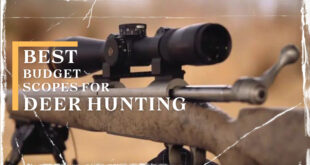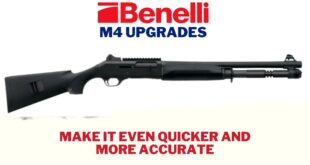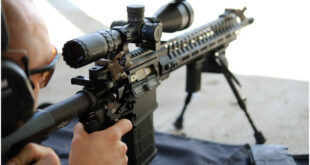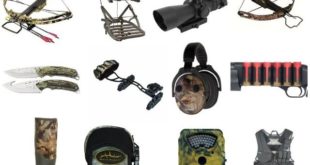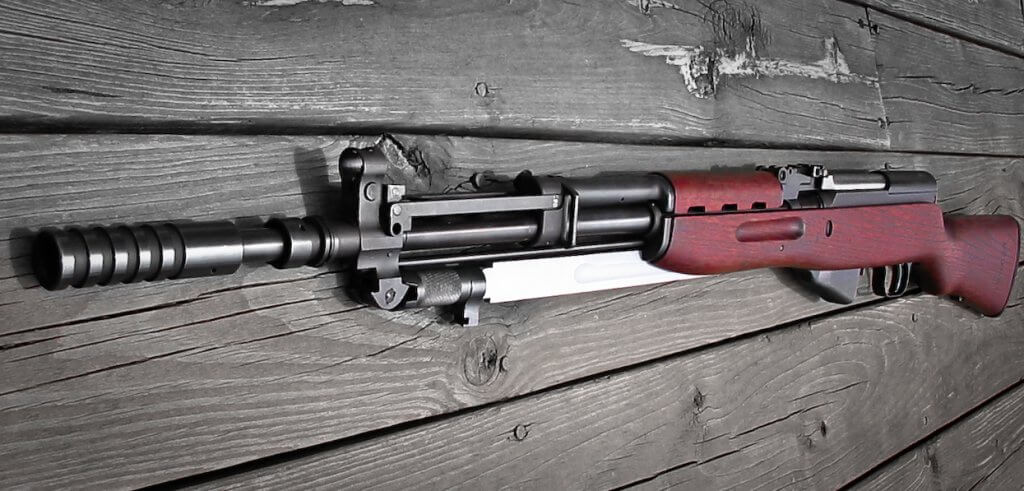
Are you in the market for a high-range, long-range gun? Perhaps you’re a hunter who’s looking to up his game and stealth skills, or you’re a passionate professional who wants to get better at target practice. Either way, you need to scout out a long-range gun that will enable you to stay quick on your feet and get some good shots in at the same time.
This is a beginner’s guide to choosing the best long-range weapon. If you need to read up more about cleaning and maintenance, like searching for the best gun vise, or tips and tricks for how to use your long-range gun, you can start doing some research. Of course, all of this would come after you pick your weapon in the first place.
When it comes to long-range shooting, you can’t make a quick choice and expect to get the best results. You’ll need to spend some time researching, so if you’re saving any of your cold hard cash, you need to learn what a good long-range optic is and what factors go into the choice.
The Lens
The lenses or ‘glasses’ are generally the most critical aspects of any variety of rifles, but this is particularly true for long-range scopes. You want lenses that show a crystal clear image at both low and high magnifications. You need this high degree of visibility to help you interpret the direction of the wind and take a clear shot.
When you fire a thousand yards plus you need to be able to read the wind at your target because at intense ranges the wind will be entirely different at your target. You’ll need good lenses to understand how to shoot around flags and trees and take dust and grass into account. Sharp lenses will ensure nothing gets past you as you take your shot.
The way to pick the best lenses is to do frequent side by side comparisons. You can do this by looking up top manufacturers and picking their best selling lenses. Once you do this, you can make the best choice.
The Scope Body
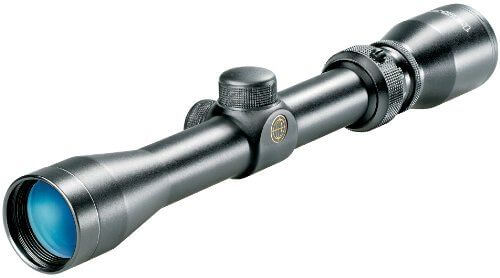
This goes some way into the toughness element of weapons, but it can also influence the accuracy of the optics. Every high-quality scope will be made of incredibly tough and robust material, which is almost always aircraft-grade aluminum.
The scope body should have a single component configuration. This means that the entire scope tube will be made of a single piece of aluminum. This assists in the overall longevity as well as the overall accuracy of the optics. Single-piece bodies are the standard for the top end ranges so keep this in mind.
The Reticle
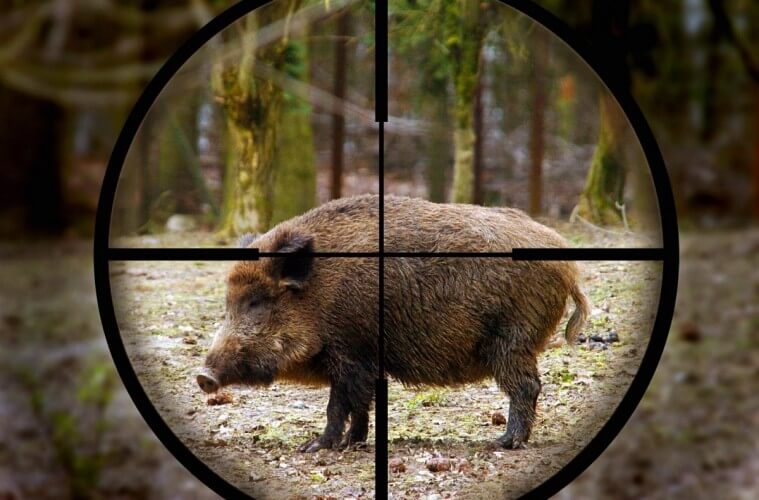
Reticle preference is very critical when it comes to long-range shooting. There are lots of specialized reticles out there, and they perform well, but what you really need is a reticle with hash marks or a single dot stretched vertically and horizontally. These could be MIL or MOA measurements, and they should, of course, be evenly separated. Such reticles allow for both winding and elevation holdovers to be used.
Using these dots or hash marks is not difficult, but it requires a bit of trigger time to become an expert marksman. They also allow for fair maintenance of windage payments as well as adjustments in elevation. Some optics are more complex, but essentially do the same thing so use MIL or MOA as a reference and work from there.
The Magnification
A lot of people rely more on this than anything else, and others claim that the more strong the magnification the greater. This is partly accurate, but it depends on the condition and the overall shooting goals. If your optic is super powerful, say 10 to 40 volts, you’re stuck with long-range shooting and have very little mobility.
You should have a minimum magnification for a long-range optic of 16 power, but a little more or a little less always works well. The Leupold Mark 8, for example, has a 3.5 to 25 power range that provides an outstanding level of different magnifications with a high degree of flexibility.
The Bottomline
These factors aren’t the most important things when it comes to precision scope choices, but there might be a few alternatives to consider depending on the weapon. If you are using a more powerful firearm like a 50-caliber, you might need to pick a very limited range for it. This is due to the recoil level of the firearm, which might potentially break down lesser scopes.
Other considerations can also add weight if you’re trying to keep your gun as light as possible, or if you need the ability to work with night vision.
These are more specific situations that could apply to the choice of scope for almost any purpose. It is necessary to consider the lenses, the range of adjustment, the body mount, the magnification capability, the size of the objective lenses and, of course, the reticle for long-range shooting.
You will need to keep all of these in mind if you want to purchase the best kind of long-range weapon. Happy shooting!
 www.GunsandOptics.com Tactical & Hunting Gear Review
www.GunsandOptics.com Tactical & Hunting Gear Review

